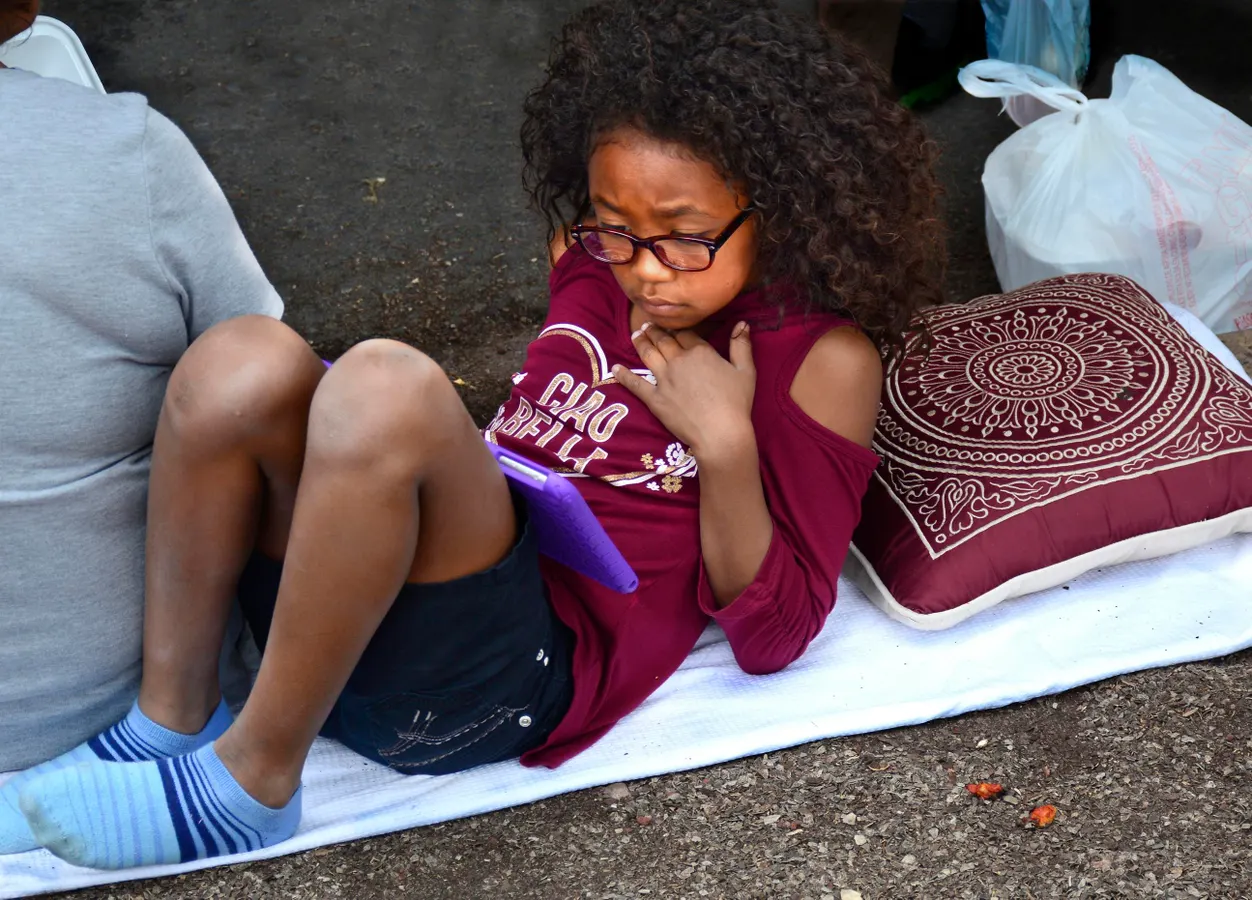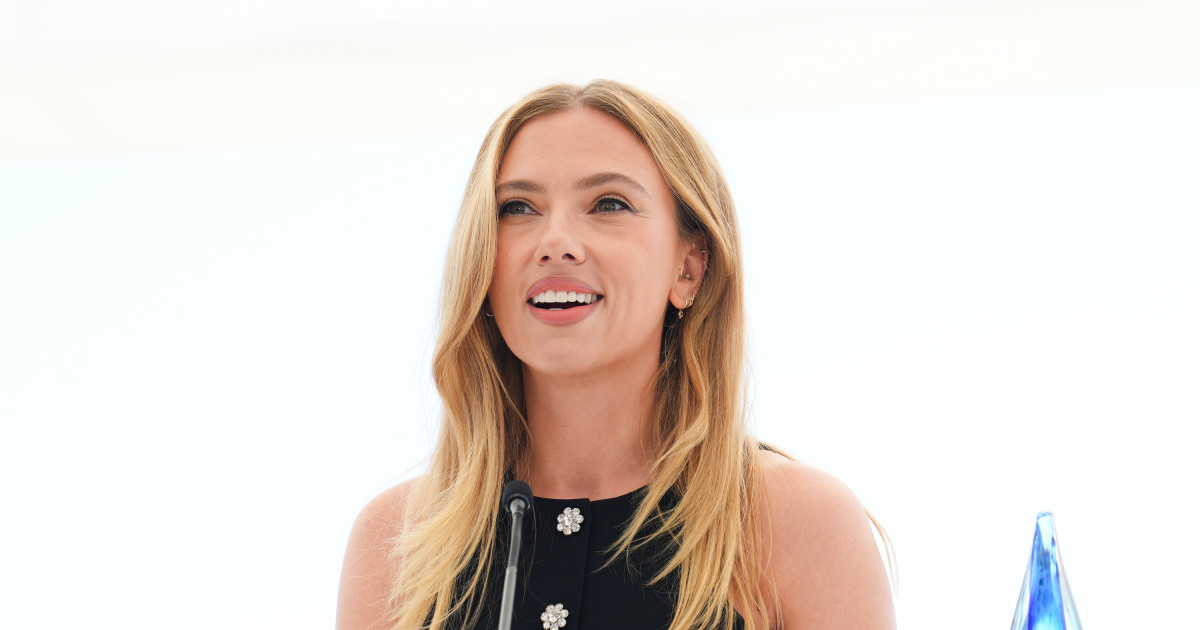Copyright forbes

(Photo by Robert Alexander/Getty Images) Getty Images Skip the sex scenes and focus on stories where friendship is the core of a relationship, the latest version of a study focusing on how teens use their screens, and what they want to see on them. Also, skip the love triangle story line; it’s cringe. Other findings in the Teens & Screens study found that YouTube remains the most “authentic” platform they use, which matters in an era where AI may be about to transform content creation on just about every outlet. And despite the continued decline of attendance at movie theaters, teens say they prefer to go to see a movie, or talk about it, than chat about the endless stream of short-form videos they can access through TikTok, Instagram, and other outlets. “That’s one of the big takeaways, and what we want the (entertainment) industry to understand, and people to understand that,” said Yalda T. Uhls, a UCLA psychology professor and founder of the Center for Scholars and Storytellers, which will hold a conference Thursday focused in part on the study’s findings and featuring panels with a number of prominent entertainment executives. Among the survey’s backers were Warner Bros. Discovery, game platform Roblox, and the Nielsen Foundation. “Everyone talks about social media, and that these kids don’t care about anything but influencers, and they don’t care about longer-form storytelling,” Uhls said. “But what our research found is that they do care about it. They just watch it in different ways and in different platforms.” The fourth annual Teens & Screens study surveyed 1,500 “adolescents,” which it defines as between 10 and 24 years old. Demographics were weighted to match Census Bureau results. MORE FOR YOU Uhls acknowledged the large age range seems like a much broader definition of adolescent than many use, but it’s also biologically accurate, stretching from typical puberty onset, particularly for many girls, to the age in young adulthood when brain connections between the pre-frontal cortex and the emotion-feeling structures finally knit together. While older people continue to be guided by their own remembered interests and nostalgia for their youth, those memories typically don’t much look like the lives and interests of young people today, Uhls said. That’s perhaps especially so among Hollywood screenwriters and showrunners, especially older ones who often continue to “write what they know," even if it’s out of step with what young audiences want, or where they might watch it. “They care about friendships starting around right when they hit puberty, and they’re pushing away adults in their lives for the next 10 to 12 years,” said Uhls. “Their focus is mainly friendships, and they have to learn about that before they start focusing on intimacy and romance. We focus on whatever is in front of us, and most of the creators creating stories are much older, so they think it’s romance (that young people want to watch). But really, young people care about friendships. As they get older, they’ll care more about romance.” For instance, they’re not big fans of the love triangle as a story line, finding it not realistic. But dispensing with the trope would leave a big hole in the traditional Hollywood screenwriters’ bag of tricks. Shows such as Dawson’s Creek, a teen favorite in a different era (likely including with parents of kids old enough for this survey), would be unimaginable without the complications of its romantic triangle in later seasons. “They’re not as different as we think they are, but the one thing that’s different is they have so much information in a way that none of us did, and so they have access to adult topics and all sorts of things that can be overwhelming and can be scary,” said Uhls, a former film executive at MGM, Sony, New Line and Artisan. Particularly for younger teens, focusing on friendship rather than sex is a lot easier to process, and far more appealing. The study found many youths interested in cross-gender relationships that didn’t progress to romance. The many, many sources of media these days often make it easy to find exactly what you’re interested in. But when it comes time to talking with friends, more than half of those surveyed said they talk with friends more about movies and TV shows. “There are more choices, but the reality is, they come together over stories,” Uhls said. “And that’s what we found, is most of them said they love talking about movies and TV shows with their friends much more than talking about influencers or the latest TikTok video.” Other tidbits from the survey: One in five watch TV “only” on YouTube and other social outlets, while nearly 80% watch there at least sometimes. Roughly half prefer animated content over live-action content, a slight rise from last year. “Relatable," realistic stories are the favorite across all demographics, more than fantasy stories (last year’s No. 1), real-world issues or aspirational stories. Even fantasy stories should be couched in a more real-world setting, such as Netflix hits Wednesday or Stranger Things. Editorial StandardsReprints & Permissions



